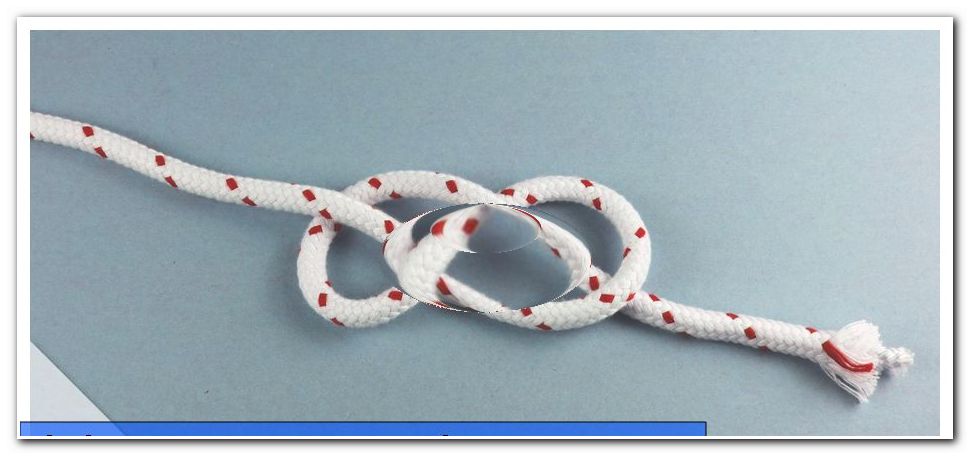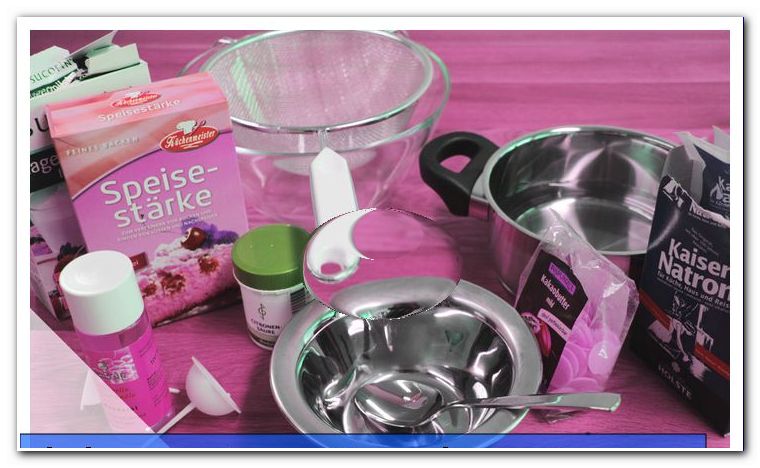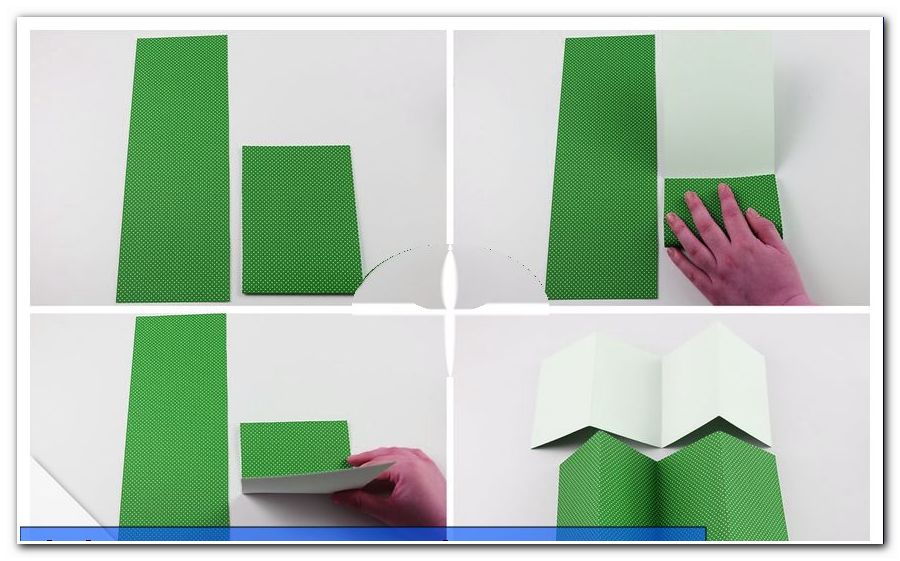How much tile adhesive is needed per m² - information on consumption

- Tile mirror with thin-bed mortar
- Need for tile adhesive
- Grout per m²
- Tips for quick readers
Tiles provide a robust and easy-to-clean surface on the wall and floor. Only 20 years ago, tiles were laid exclusively in thick bed mortar. Today, gluing in a thin bed is the standard when processing tiles. Depending on the type of tile and the substrate, the required amount of adhesive may differ. This guide is intended to help calculate the amount of glue.
Tiles, the practical covering for wall and floor
Tiles are an aesthetic, durable, robust and easy-to-clean floor and wall covering. They consist of a three to five millimeter wide disc of baked clay, which is glazed on one side. The glazed surface makes the tile waterproof. At the bottom, tiles have an absorbent and rough surface. It serves to bond firmly to the adhesive or thick bed mortar.

Tiles are available today in a huge variety of shapes, sizes and colors. Simple rectangular tiles to unusual tile carpets, the trade in ever new forms ready. In their processing, however, they are always the same: For tiling you need thin-bed mortar or thick-bed mortar, as well as grout. The thin-bed mortar is also referred to as "tile adhesive".
Tile mirror with thin-bed mortar
The simplest tile shape is the tile mirror made of even, rectangular tiles. This type is often used in the kitchen to create a hygienic washable surface in the work space. In order to lay tiles in a thin bed, an absolutely level surface is always necessary. Thin bed mortar can not afford any height compensation. If the surface is not absolutely flat, it must be leveled or a suitable plate must be pre-screwed. A common material is to wet room plasterboard. However, the thickness of the material for the level surface must be included in the overall considerations, otherwise you will quickly get an ugly result.
Three different methods are used for bonding with thin-bed mortar:
In the floating process, the substrate is first prepared with the tile adhesive or flexible adhesive. It passes smoothly over the entire work surface, creating a flat and smooth contact surface. Smaller bumps and holes can thus be compensated. Subsequently, the tile adhesive is applied with a tooth comb. The depth of the teeth depends on the size of the tile: the larger the tile is, the more glue it needs, the larger the tooth depth must be.

The buttering process is particularly suitable for natural stone slabs. In this procedure, the tile adhesive is applied thickly to the plate, which is then pressed onto the desired location. The buttering process is also used for thick bed mortar.
Finally, tiles can also be processed using a combined process. If special demands are placed on weather resistance and high pressure resistance, a combination of floating and buttering is particularly suitable. A typical application are terraces, exterior facades or pools.
The most economical process is floating, the combined process uses the most tile adhesive.
Need for tile adhesive
In the normal floating process, the following quantities of tile adhesive are required per square meter:

- To 5 cm edge length requires 0.3 cm tooth depth gives 1500 g per m²
- 5.1 cm to 10.8 cm edge length requires 0.4 cm tooth depth gives 2000 g per m²
- 10.8 cm to 20 cm edge length requires 0.6 cm tooth depth is 3700 g per m²
- 20.1 cm to 25 cm edge length requires 0.8 cm tooth depth gives 3300 g per m²
- 25 to 500 cm edge length requires 1 cm tooth depth results in 3700 g per m²
- 5.1 to 10.8 cm edge length requires 0.4 cm tooth depth gives 2000 g per m²
If the buttering or the combined process has to be used, you can count on 2 to 3 times the amount. However, you should not be put off by the size of the tile in relation to the necessary amount of tile adhesive: The larger the tile, the more tile adhesive you need - but you will save on the grout.
Grout per m²
The required amount of grout depends on three factors:
- the amount of tiles per square meter (the more tiles, the more joints)
- the distance between the tiles (the wider, the more mass)
- the thickness of the tiles (the thicker the deeper the gap becomes, the more mass is needed)
Therefore, the trade offers two different jointing mortars: Normal jointing mortar is for ceramic-glazed thin coverings of all kinds, as they are used in the bathroom and the kitchen. "Fugenbreit" is a special grout for earthenware or other coverings with typical wide joints. It is weather-resistant and slightly coarser than normal grout.

With normal ceramic-glazed tiles one can assume approximately of the following quantities:
Normal rectangular tiles have a typical joint width and joint depth of 5 mm
- Square tiles with an edge length of 30 cm require approx. 0.4 kg grout per m²
- Square tiles with an edge length of 20 cm require approx. 0.6 kg grout per m²
Mosaic tiles have a joint width of 2 millimeters and a joint depth of 5 millimeters
- Square - Mosaic tiles with an edge length of 5 cm require approx. 0.7 kg grout per m²
Fugenbreit has these approximate consumption values:
- Outer panels have a typical joint width of 10 millimeters and a joint depth of 8 millimeters
- Square outer panels with an edge length of 40 cm require approx. 0.6 kg joint width per m²
- Split slabs have a typical joint width of 10 millimeters and a joint depth of 8 millimeters
- Split slabs with an edge length of 24 cm in length and 11.5 cm in width and require approx. 1.5 kg joint width per m²
At about 1 euro per Kg tile adhesive and grout you should therefore calculate the costs sharply. With a little skill, you can save a few euros without sacrificing aesthetics.
Tips for quick readers
- Do not choose tiles just to taste
- equip large tiles with expansion joints
- provide for absolutely flat surfaces
- Cleanliness is the top priority when tiling




